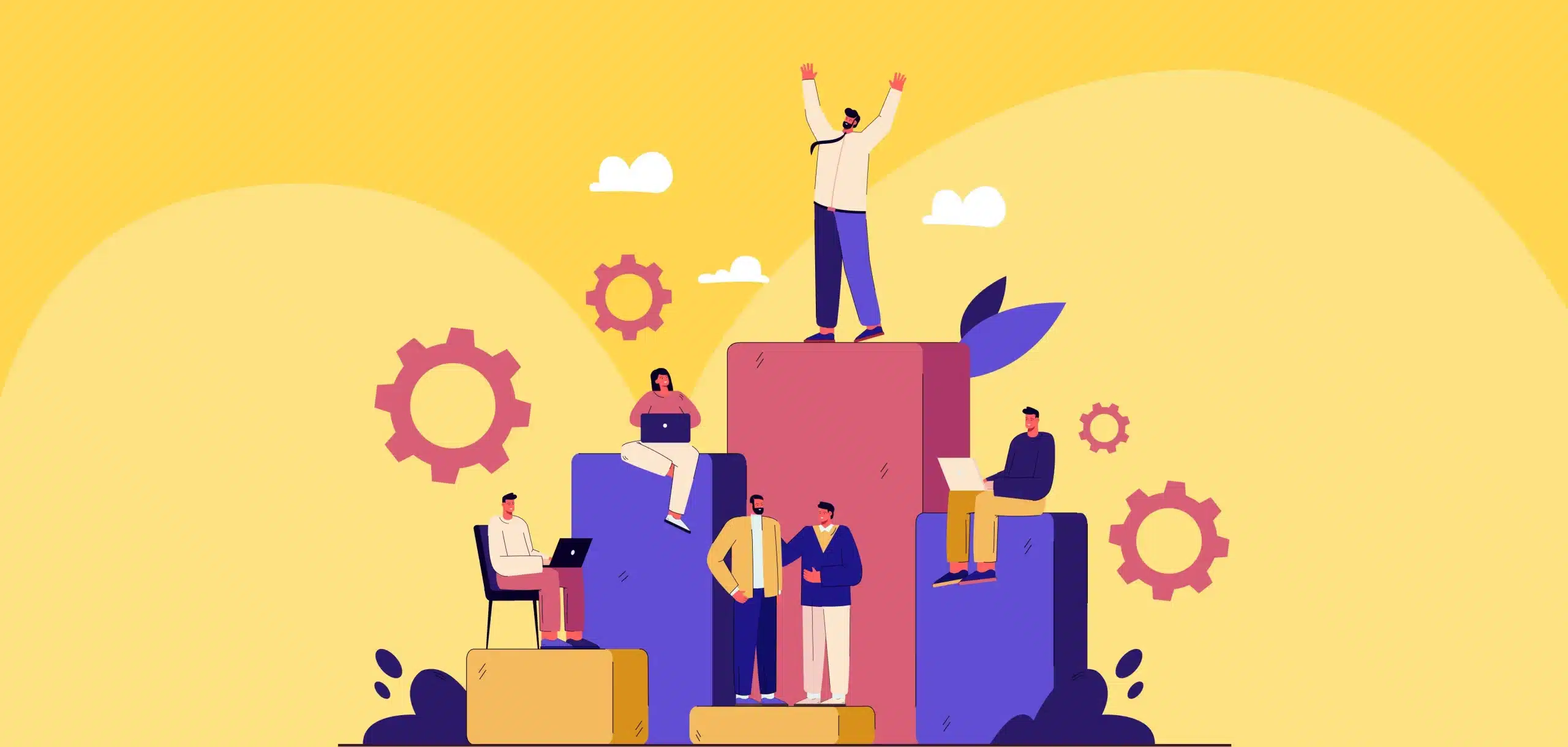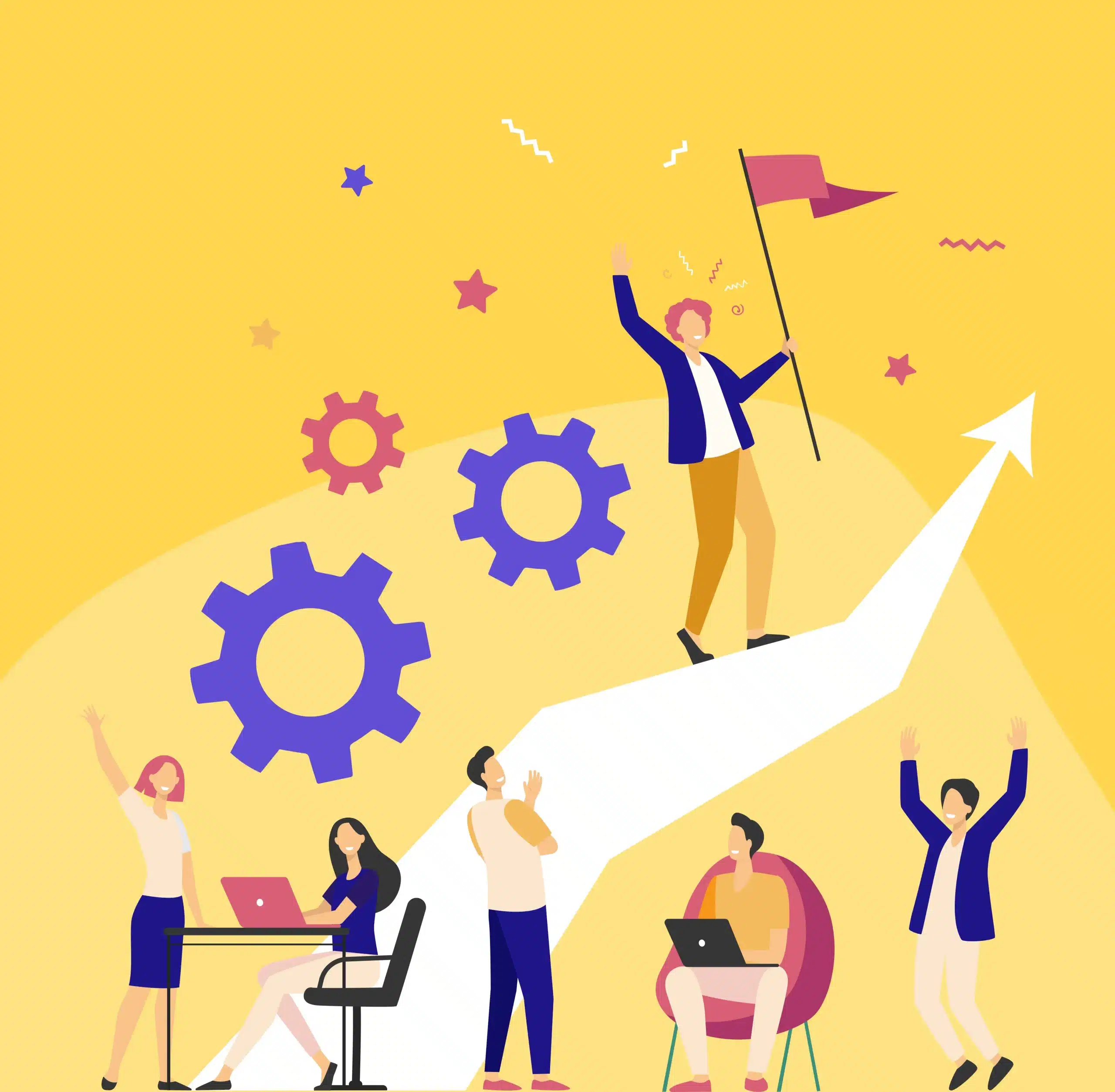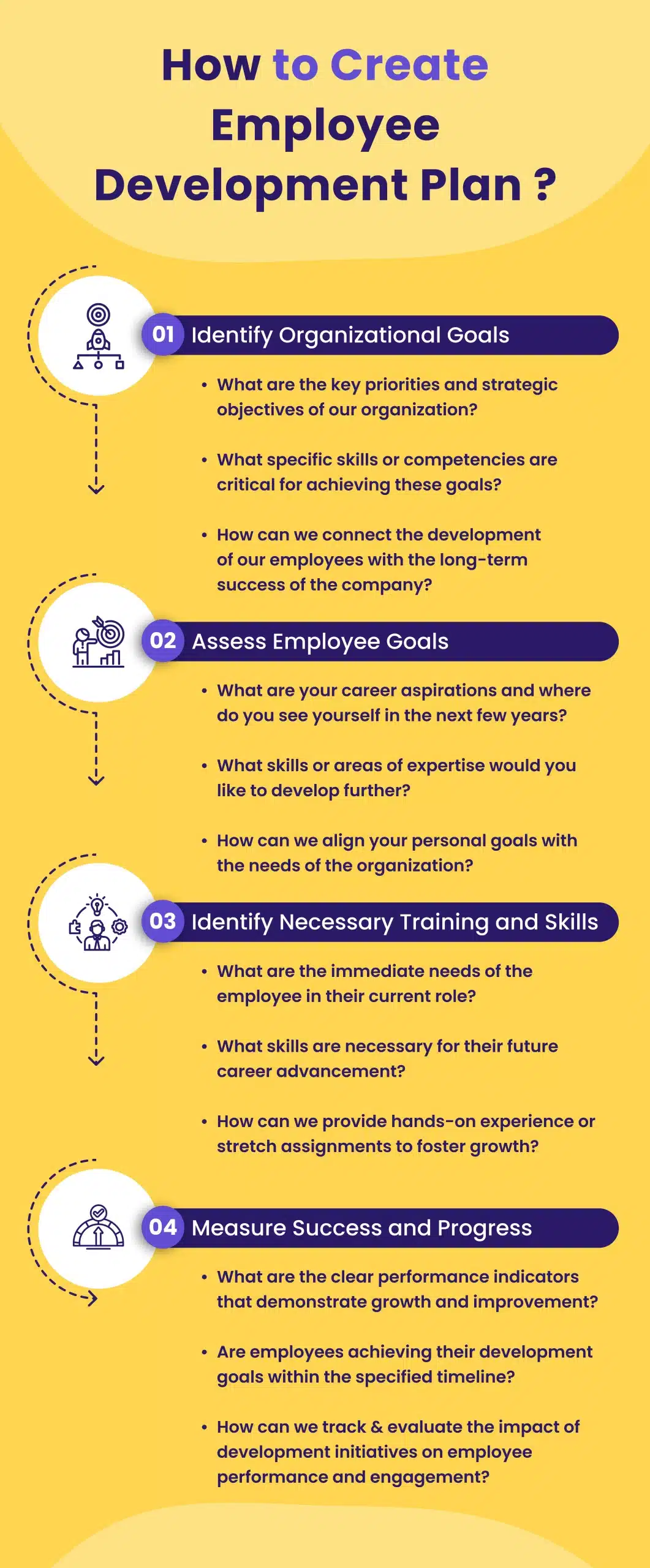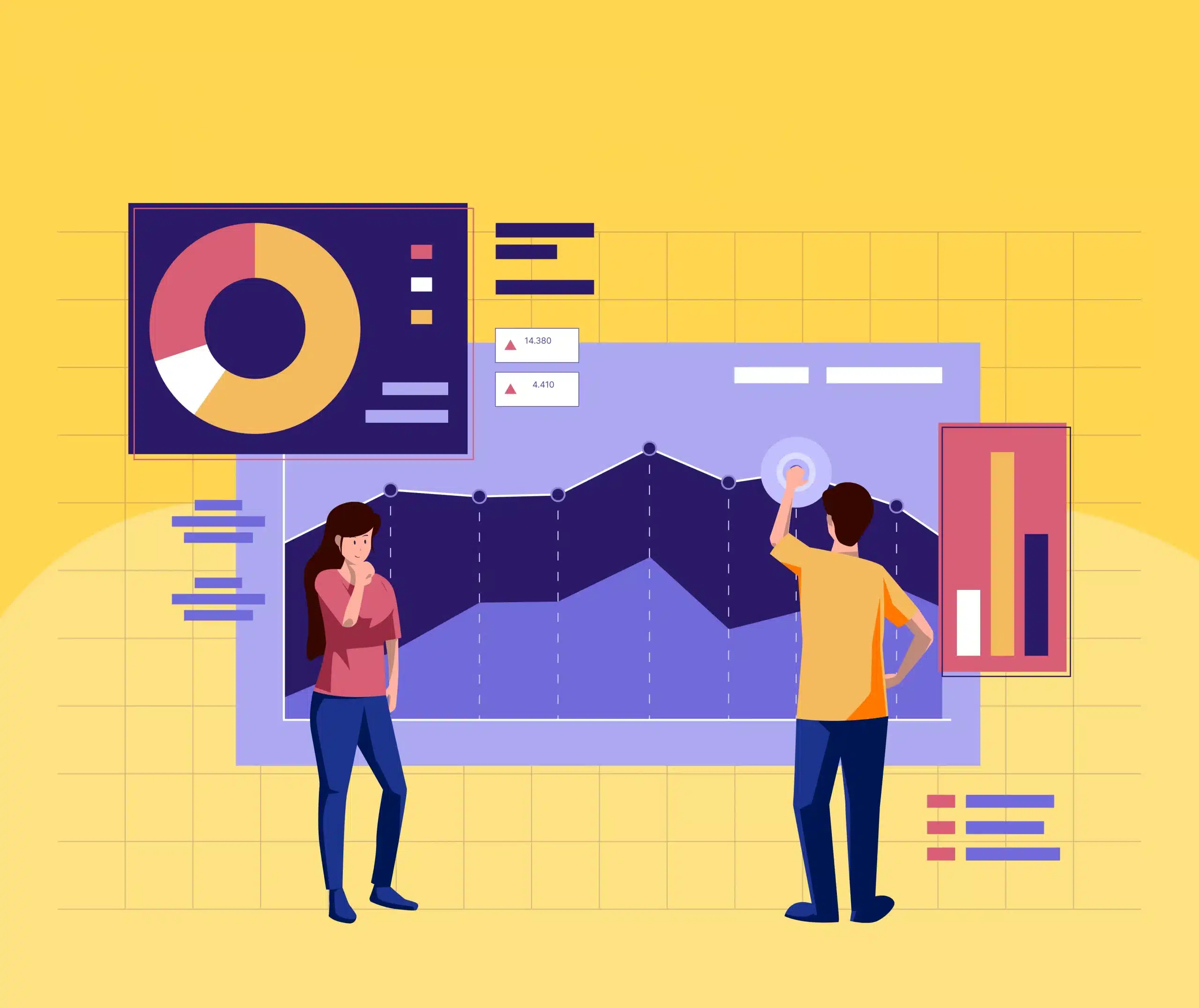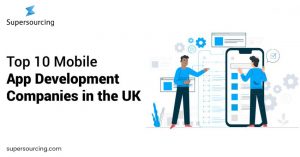Table of content
Are you looking to drive growth and satisfaction in your organization? Employee development plays a crucial role in achieving these goals. When you invest in your employees’ growth, you not only enhance their skills and knowledge but also boost their morale and engagement. However, creating effective employee development plans requires careful thought and consideration. That’s why we’ve compiled this comprehensive guide with valuable tips to help you navigate the process successfully.
In this blog, we will explore the benefits of development plans for employees and how they can positively impact your organization. We’ll provide practical tips and strategies to design and implement these plans effectively. Whether you’re a small business owner, a manager, or an HR professional, you’ll find actionable insights that you can immediately apply to support your employees’ growth. Let’s dive in and explore the potential of your workforce together.
What is an Employee Development Plan?
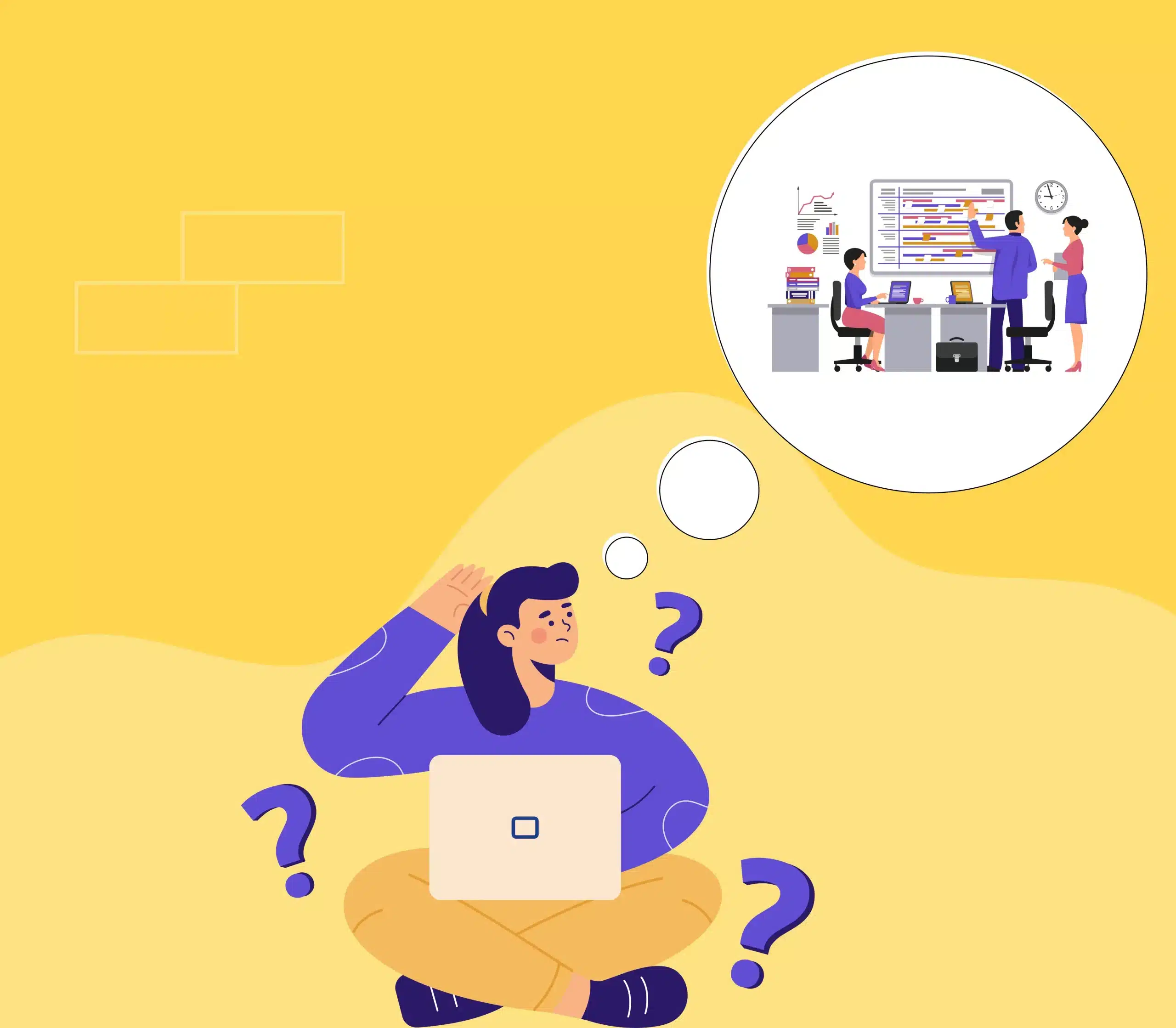
These plans are crucial not only for attracting and retaining top talent but also for increasing job satisfaction and employee engagement. When employees feel that their growth and development is valued and supported by the organization, they are more likely to be motivated, productive, and loyal.
These development plans align individual goals with organizational objectives, ensuring that employees are equipped with the necessary skills and knowledge to contribute effectively to the company’s success. These plans also provide a structured pathway for career advancement, helping employees navigate their professional journey and fulfill their long-term aspirations.
The Benefits of Employee Development Planning
Employee development planning offers numerous advantages for organizations and their employees. By investing in the growth and skills enhancement of their workforce, companies can unlock an array of benefits. Here are some of the key advantages of implementing these development plans:
Attracting and Retaining Top Talent
A robust employee development plan can act as a powerful magnet for attracting high-potential individuals. It demonstrates that the organization values its employees’ growth and offers opportunities for advancement. This, in turn, helps attract top talent and increases employee retention rates.
Increasing Job Satisfaction
Employees who feel supported in their professional development tend to experience higher levels of job satisfaction. A well-crafted development plan provides them with a clear path for acquiring new skills, taking on challenging assignments, and advancing within the organization. This sense of purpose and progress contributes to overall job satisfaction.
Fostering a Culture of Learning and Growth
Employee development planning introduces a culture of continuous learning and growth within the organization. By encouraging employees to pursue new skills and knowledge, organizations create an environment that values personal and professional development. This fosters innovation, adaptability, and a competitive edge in the market.
Enhancing Employee Engagement
When employees have access to learning opportunities and development programs, they are more engaged and motivated. Development plans enable workers to acquire new knowledge, learn from their experiences, and apply their skills to their current roles. This engagement leads to increased productivity, creativity, and overall organizational success.
Building a Talented Workforce
Employee development planning enables organizations to build a highly skilled and adaptable workforce. By identifying and addressing skills gaps, employees can acquire the necessary competencies to meet the evolving needs of the business. This ensures the organization remains competitive and ready to tackle new challenges.
4 Steps to Crafting Effective Employee Development Plans
Crafting an effective employee development plan is crucial for fostering growth and success within organizations. By investing in the professional growth of your employees, you not only boost their skills and knowledge but also enhance their engagement and job satisfaction. To ensure you create a development plan that fuels success, follow these four important steps:
Step 1: Identify Organizational Goals
Aligning your development plans with the overall goals and objectives of your organization is essential for maximizing their impact. Consider the following guiding questions:
- What are the key priorities and strategic objectives of our organization?
- What specific skills or competencies are critical for achieving these goals?
- How can we connect the development of our employees with the long-term success of the company?
By answering these questions, you can ensure that your development plans are directly contributing to the growth and success of your organization.
Step 2: Assess Employee Goals
Understanding the individual goals and aspirations of your employees is crucial for designing personalized and impactful development plans. Engage in career conversations and ask questions like:
- What are your career aspirations and where do you see yourself in the next few years?
- What skills or areas of expertise would you like to develop further?
- How can we align your personal goals with the needs of the organization?
By involving employees in the planning process and considering their aspirations, you can create development plans that are meaningful and motivating for them.
Step 3: Identify Necessary Training and Skills
Determine the specific training programs, learning opportunities, and skill-building initiatives that will support the growth and development of your employees. Consider the following:
- What are the immediate needs of the employee in their current role?
- What skills are necessary for their future career advancement?
- How can we provide hands-on experience or stretch assignments to foster growth?
By connecting employees with relevant development opportunities, you enable them to acquire the skills needed to excel in their roles and achieve their long-term goals.
Step 4: Measure Success and Progress
To ensure the effectiveness of your development plans, it’s important to measure the progress and success of each individual. Consider the following metrics and questions:
- What are the clear performance indicators that demonstrate growth and improvement?
- Are employees achieving their development goals within the specified timeline?
- How can we track and evaluate the impact of development initiatives on employee performance and engagement?
By regularly assessing the effectiveness of your development plans, you can make adjustments as needed and continuously improve the development process.
Must-Haves for Effective Employee Development Planning
To create effective development plans for employees that fuel success within your organization, certain key elements must be present. By incorporating these must-haves into your development planning process, you can enhance employee engagement, satisfaction, and overall growth. Here are the essential elements to consider:
People-First Managers
Having managers who prioritize the development of their employees is crucial. These “people-first” managers understand the importance of fostering a culture of learning and growth. They actively support and encourage employees’ professional development by providing guidance, mentorship, and opportunities for skill-building.
Data-Driven Insights
Utilize data to inform your development plans. Conduct a comprehensive skills assessment to determine the current skill levels and areas for improvement within your workforce. This data-driven approach ensures that development initiatives are targeted, relevant, and aligned with both individual and organizational goals.
Access to a Comprehensive Course Library
Offer a wide range of learning opportunities through a comprehensive course library. This enables employees to acquire new skills and knowledge in areas directly related to their roles and career aspirations. The availability of diverse training options allows for personalized development paths tailored to individual needs.
Clear Performance Indicators
Establish clear performance indicators to track the progress and effectiveness of your employee development plans. This ensures that both employees and managers can monitor growth and improvements over time. By regularly reviewing performance indicators, adjustments can be made to optimize developmental strategies and address any gaps or obstacles.
Conclusion
In conclusion, investing in employee development plans is a strategic move for organizational growth and success. By aligning individual aspirations with organizational goals, fostering a culture of learning, and engaging in targeted skill development, you can attract top talent, increase job satisfaction, and build a highly skilled workforce. The four crucial steps outlined serve as a roadmap for crafting effective plans.
Additionally, embracing people-first managers, leveraging data-driven insights, providing access to a diverse course library, and establishing clear performance indicators are must-haves to ensure the plans fuel success. Start empowering your workforce today for a thriving tomorrow.
